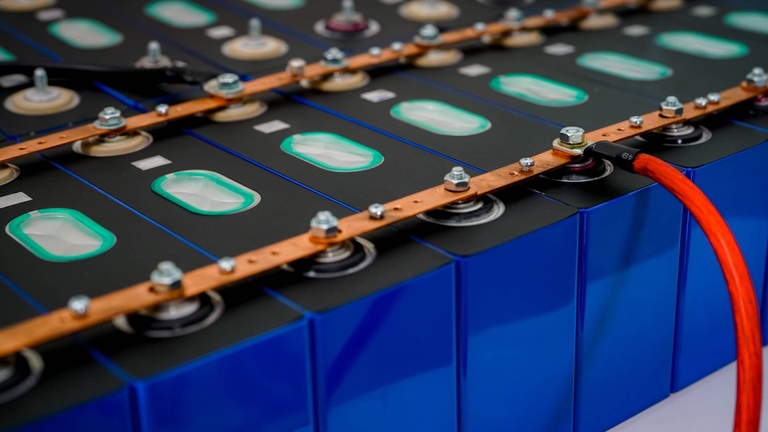https://www.lifegate.it/mobilita-elettrica-nickel-cobalto
- |
How to make the electric mobility of the future more and more sustainable?One of the paths that has been pursued with greater determination in recent years aims to reduce dependence on critical materials, starting from nickel and cobalt.According to data from BloombergNEF, the demand for minerals in the electric mobility industry will rise – by 2030 – from the current 4.2 million tonnes to almost 14 million tons.
Also two Italians in the research team
A possible solution is represented by lithium-air batteries, composed of a metallic negative electrode and a positive electrode that uses the oxygen present in the atmosphere as the active material.A solution that currently has a great advantage and a considerable disadvantage:to a huge one energy density, in fact, accompanies one charging speed extremely low.

The work of an international research group in which they participated focused precisely on this aspect Marco Lagnoni And Antonio Bertei, respectively researcher and associate professor in Chemical Engineering at the Department of Civil and Industrial Engineering at the University of Pisa.Lithium-air batteries, they explain, “guarantee a high energy density and in the future could be used in electric vehicles, making them even more sustainable from an environmental point of view.Today, however, they have not yet reached adequate performance for their practical use, especially with regards to the charging phase.An obstacle which now, thanks to the results obtained together with colleagues from the Universities of Oxford and Nottingham, can soon be overcome".
An important challenge for the future of electric mobility
The research group has in fact discovered why the current catalysts, called redox mediators and used for charging this type of battery, cannot guarantee a high charging speed;limiting its performance is the fact that the maximum charging speed depends on the electric potential of the redox mediator.After almost three years of work, Marco Lagnoni and Antonio Bertei have developed gods numerical models advanced and unique in their kind, through which it is possible to predict the energy performance of the electrodes by simulating the charging process with redox mediators.
This highlighted that there are other phenomena, in addition to the reaction kinetics, which can further slow down the charge, which will have to be addressed with the same attention to overcome the current limitations and optimize the technology.Now the results obtained from this study, published in the academic journal Nature Chemistry, will allow you to direct your search towards the creation of new classes of redox mediators and the use of different materials from those used so far.The challenge promises to be difficult, but it is a great opportunity to explore new research directions capable of raising the level of sustainability of electric mobility.
